We used the dual isotopic composition of nitrate (δ15N and δ18O) within the estuarine system of San Francisco (SF) Bay, California, to explore the utility of this approach for tracing sources and cycling of nitrate (NO3−). Surface water samples from 49 sites within the estuary were sampled during July–August 2004. Spatial variability in the isotopic composition suggests that there are multiple sources of nitrate to the bay ecosystem including seawater, several rivers and creeks, and sewage effluent. The spatial distribution of nitrate from these sources is heavily modulated by the hydrodynamics of the estuary. Mixing along the estuarine salinity gradient is the main control on the spatial variations in isotopic composition of nitrate within the northern arm of SF Bay. However, the nitrate isotopic composition in the southern arm of SF Bay exhibited a combination of source mixing and phytoplankton drawdown due mostly to the long residence time during the summer study period. Very low δ18ONO3 values (as low as −5.0%) at the Sacramento–San Joaquin River delta region give rise to a wide range of δ18ONO3 values in the SF Bay system. The range in δ18ONO3 values is more than twice that of δ15NNO3, suggesting that δ18ONO3 is an even more sensitive tool for tracing nitrate sources and cycling than δ15NNO3.
Summary:
Wankel SD, C Kendall, CA Francis and A Paytan. 2006. Nitrogen sources and cycling in the San Francisco Bay Estuary: A nitrate dual isotopic composition approach. Limnology and Oceanography. 51(4):1654-1664.
Date Published:
July 30, 2006
Abstract

